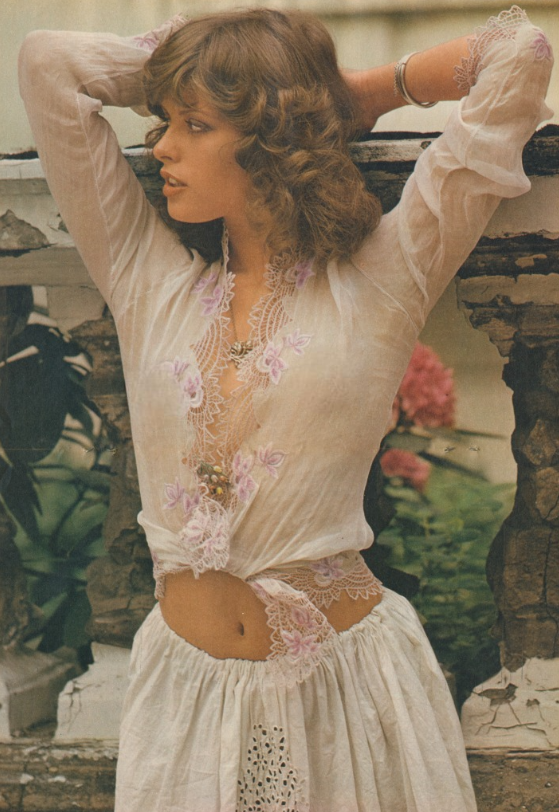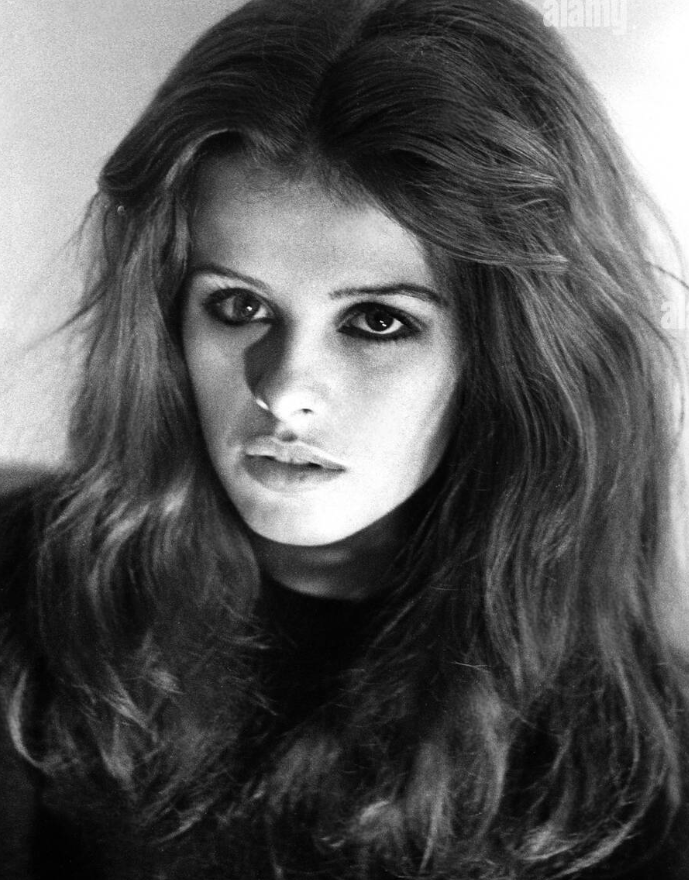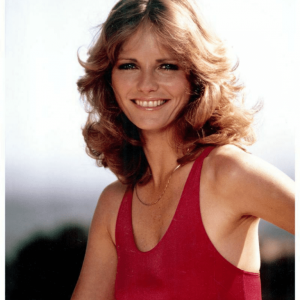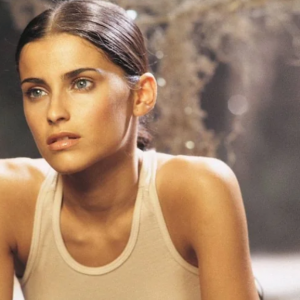To truly understand Uschi Obermaier, you first need to imagine the world she was born into. Munich, 1946—just months after the end of World War II—was still marked by rubble, rationing, and silence. Ursula Obermaier came into this world on September 24 of that year, in the working-class Sendling district. Raised by a single mother, she experienced both the weight of hardship and the spark of resilience. Even as a child, she was restless. Ordinary life felt too small for her dreams. She once confessed that she secretly wished for dramatic events, anything that could shatter the monotony. That yearning became the engine of her extraordinary journey.

A Young Woman in Search of More
By her teenage years, it was clear Uschi wasn’t destined for a conventional life. While her peers prepared for modest careers, she craved a stage big enough to contain her energy. She briefly trained in photo restoration, but the precision and patience of that work only deepened her hunger for something bolder. Uschi needed freedom. She needed adventure. And fate had just the path for her.
Video : Uschi Obermaier
From Local Discovery to International Model
Her first real break came when Twen, a modern German magazine, spotted her natural magnetism. She was only eighteen when her first photos were published, instantly setting her apart. Uschi wasn’t the polished, conservative model of the era. With her untamed hair, sun-kissed skin, and mischievous gaze, she was the embodiment of change. She didn’t just pose—she challenged the viewer.
Soon, legendary photographers like Helmut Newton and Guido Mangold took notice. She was flown across Europe and even to Cameroon for daring photoshoots. Her face began to grace the covers of Stern and international fashion spreads. Whether draped in bohemian dresses or baring herself in provocative images, Uschi radiated liberated confidence. She wasn’t simply a model; she was a mirror of the late 1960s’ rebellious spirit.
Kommune 1: At the Heart of a Revolution

The late 1960s brought social upheaval across Germany. Young people were rejecting authority and reimagining society. Uschi found herself in the very center of this movement when she joined Kommune 1 in West Berlin—the country’s most infamous experimental commune.
It was more than a shared home; it was a political statement. No doors, no private property, no traditional family roles—just radical freedom. With her partner Rainer Langhans, Uschi became one of the most visible faces of this cultural rebellion. They symbolized free love, open conversation, and the breaking of taboos.

Journalists from around the globe flocked to document this phenomenon. Even Jimi Hendrix stopped by, intrigued by the revolutionary energy. For Uschi, it wasn’t politics that drove her as much as the quest for love and absolute independence. Yet her presence alone made her a living icon of the era’s revolution.
Entwined with Rock and Roll Legends

As if the commune wasn’t enough, Uschi’s allure drew her straight into the orbit of rock music’s greatest legends. Mick Jagger, Keith Richards, Jimi Hendrix—these were not just distant celebrities, but men who became part of her wild story. She lived backstage, joined tours, and soaked in the energy of music that defined a generation.
Photographs of her alongside Hendrix in Berlin remain unforgettable, and Keith Richards fondly recalled her in his memoir. But these relationships weren’t about fame-chasing. They were a reflection of a woman living unapologetically, writing her own script in a world that constantly tried to define her.
Film, Fashion, and Fearless Roles

Uschi’s influence extended into cinema. She starred in films like Detektive (1969) and Rote Sonne (1970), both cult classics where she played characters as untamed as herself. Her performances weren’t polished Hollywood gloss—they were raw, magnetic, and honest.
Video : The Rolling Stones – Miss You with Uschi Obermaier – Rote Sonne ( Red Sun) 1970 – Dir.Rudolf Thome
In fashion, her collaborations with Helmut Newton and other photographers redefined what beauty could look like. By posing nude without hesitation, she wasn’t courting scandal—she was declaring freedom. Each photoshoot became a manifesto that beauty meant strength, honesty, and defiance.
Love, Loss, and the Journey of a Lifetime

Then came Dieter Bockhorn, the charismatic Hamburg nightclub owner who matched her adventurous spirit. The two fell into a passionate love story that took them across continents. They married in India and traveled the world in a customized bus, living without borders, following the horizon, and embracing the unknown.
For nearly a decade, their love story was a living fairytale of freedom. But tragedy struck in 1983 when Dieter died in a motorcycle accident in Mexico. The loss was devastating. Yet, in true Uschi fashion, she transformed grief into reinvention. She later found peace and creativity in Topanga Canyon, California, designing jewelry inspired by her wild journey.
Telling Her Story and Securing Her Legacy

Uschi eventually shared her incredible life in the memoir High Times: My Wild Life (2007), a bestseller that revealed the truth behind the headlines. That same year, her life was adapted into the film Eight Miles High, where actress Natalia Avelon portrayed her. The project, guided by Uschi herself, captured the fire, chaos, and beauty of her youth.
A Life of Peace in Portugal

Today, Uschi Obermaier lives far from the chaos of her youth. She resides on Portugal’s Algarve coast, where she creates jewelry and enjoys the ocean’s calm. She reflects on her adventures with honesty—acknowledging the highs and the lows, the loves and the losses, the chaos and the clarity. She remains committed to the philosophy that defined her: freedom isn’t just breaking rules—it’s choosing your own path every single day.
Conclusion: A Rebel Who Became a Legend

Uschi Obermaier is more than a footnote in the history of the 1960s. She is a testament to what happens when someone lives without compromise. From post-war Munich to global fame, from communes to Rolling Stones tours, from heartbreak to peace on the Algarve coast—her life is a mosaic of rebellion, beauty, and authenticity.
She reminds us that true icons aren’t made by magazines or headlines. They’re made by courage, by choices, and by the relentless pursuit of freedom. And in that sense, Uschi Obermaier’s legacy will always shine as brightly as the wildest days of her youth.


